Slavery and Miscegenation in America
by Linda A. B. Hollis
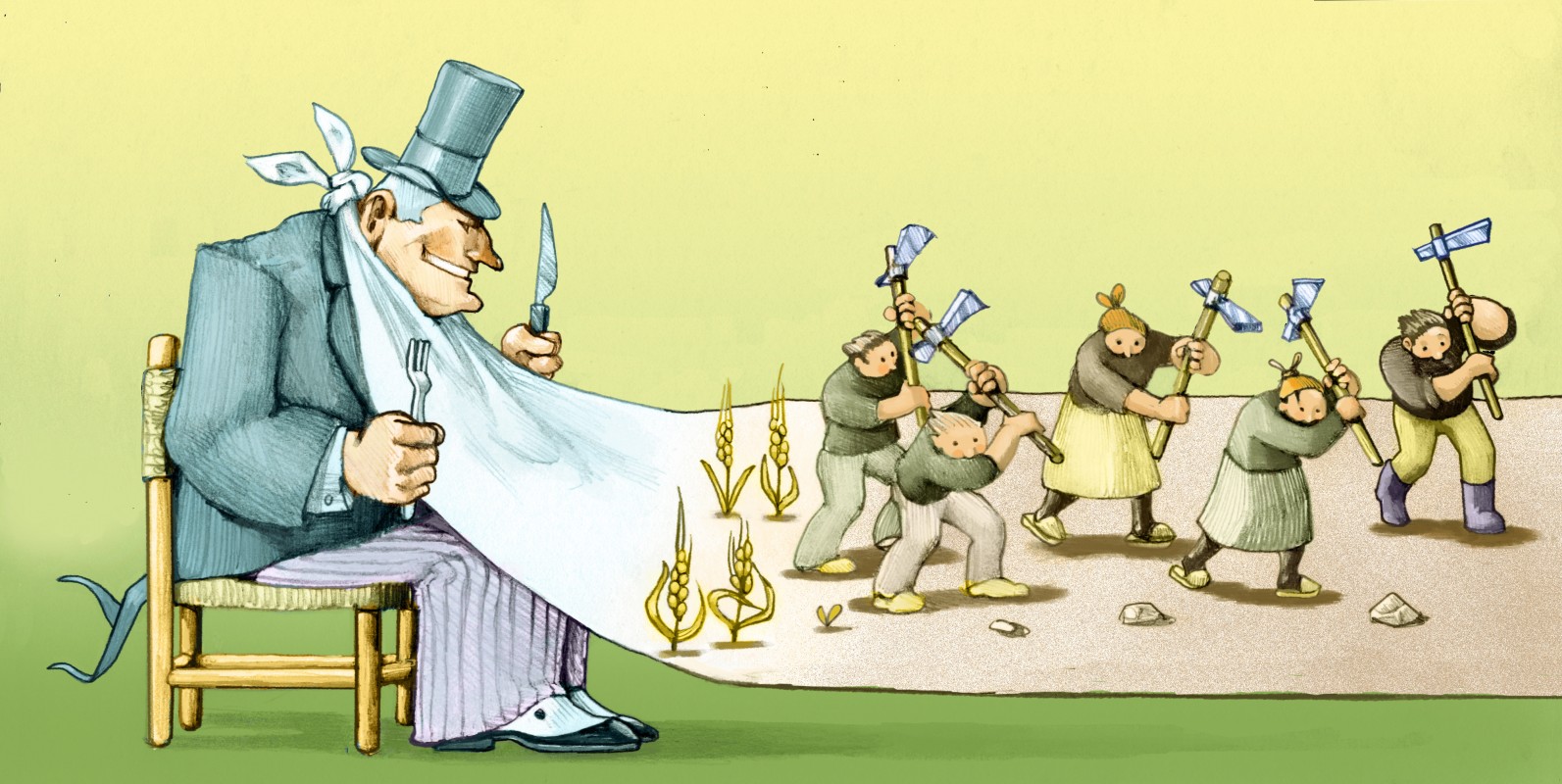 In a brief review of slavery in America, one would be remiss not to discuss its tragic beginnings with manual labor being at the forefront. In 1606, England was experiencing social and economic problems along with the rest of Europe. Looking for avenues to boost their fledging economy, the Virginia Company was established, and a charter granted by King James I to develop a permanent colony in North America. The goal of the company was to have wealthy investors buy shares in the venture and the colony’s earnings would in turn provide them a profit. England needed for the colonies to be profitable and felt that they would be a source of raw materials for its factories, people, and a market for its finished goods. There was also the lure to the investors of untapped reserves of raw materials, like gold and silver that could also line their coffers.
In a brief review of slavery in America, one would be remiss not to discuss its tragic beginnings with manual labor being at the forefront. In 1606, England was experiencing social and economic problems along with the rest of Europe. Looking for avenues to boost their fledging economy, the Virginia Company was established, and a charter granted by King James I to develop a permanent colony in North America. The goal of the company was to have wealthy investors buy shares in the venture and the colony’s earnings would in turn provide them a profit. England needed for the colonies to be profitable and felt that they would be a source of raw materials for its factories, people, and a market for its finished goods. There was also the lure to the investors of untapped reserves of raw materials, like gold and silver that could also line their coffers.
 Though the New World’s land was fertile and ready to be tilled, the colonies didn’t have enough workers to develop it. To solve the shortage of able hands, the Virginia Company came up with a system known as “indentured servitude” to attract workers to the colonies as a cheap labor force. For exchange of work, the company provided housing, clothing, and food to these laborers and after four to seven years they were released from their contract. Many skilled and unskilled laborers were without work and a chance to find a new life in the New World, offered them a glitter of hope for a brighter future. The first Indentured servants began arriving in Jamestown in 1607 and in 1619, the first blacks hit the shores. Both black and white indentured domestics and tradesmen worked side by side clearing forests and planting tobacco crops. They lived together in the same dwellings and fraternized after their labors. These same black and white indentured servants married and had children, making colonial America rife with their mulatto offspring.
Though the New World’s land was fertile and ready to be tilled, the colonies didn’t have enough workers to develop it. To solve the shortage of able hands, the Virginia Company came up with a system known as “indentured servitude” to attract workers to the colonies as a cheap labor force. For exchange of work, the company provided housing, clothing, and food to these laborers and after four to seven years they were released from their contract. Many skilled and unskilled laborers were without work and a chance to find a new life in the New World, offered them a glitter of hope for a brighter future. The first Indentured servants began arriving in Jamestown in 1607 and in 1619, the first blacks hit the shores. Both black and white indentured domestics and tradesmen worked side by side clearing forests and planting tobacco crops. They lived together in the same dwellings and fraternized after their labors. These same black and white indentured servants married and had children, making colonial America rife with their mulatto offspring.
The indentured servants also formed strong bonds with each other because each race suffered the same oppression from those for whom they labored. Unbelievable as it may seem now, racism based on color was uncommon. Black and white indentured servants were subjected to the same indignities by the colonial ruling class. Only class racism existed, the nobles vs. the peasants. The nobles were the planters and the peasants were the indentured servants. No true middle class existed to bridge the gap between the two extremes. Now all that was changing in the lives of these workers. For some, it was not the Iliadic life they expected. Many found their contracts were extended and minor offences could result in severe punishments. Some accounts state that there were whippings, hangings, shootings and even being burnt alive when not following orders.
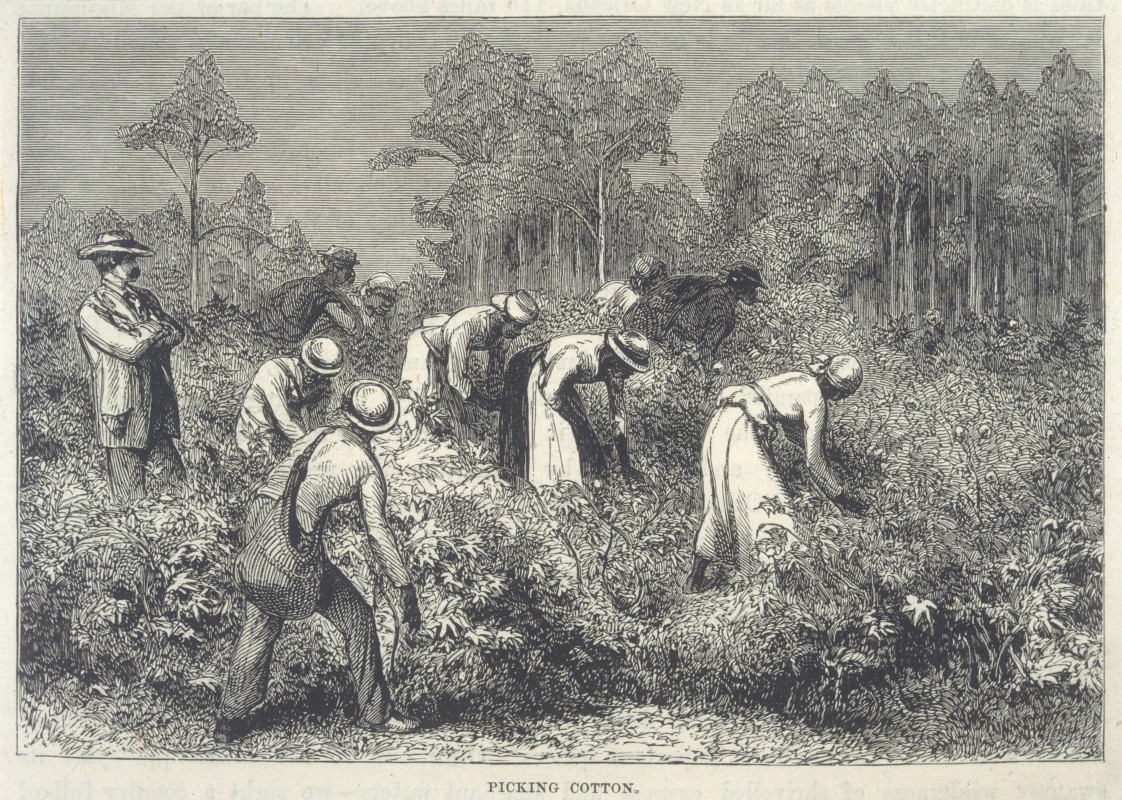 The shortage of laborers continued as the demand for raw materials increased. The Lords of Trade and Plantations in London needed a “renewable” source of laborers and came up with one—African slaves. Some plantation owners preferred white indentures because they did not want to bother with importing a larger number of the costlier African workers. Slaves had to be "broken in" (taught how to work and obey their masters) and this made them more expensive to obtain. What was once an amical relationship between white and black indentures began to change the landscape of the colonies.
The shortage of laborers continued as the demand for raw materials increased. The Lords of Trade and Plantations in London needed a “renewable” source of laborers and came up with one—African slaves. Some plantation owners preferred white indentures because they did not want to bother with importing a larger number of the costlier African workers. Slaves had to be "broken in" (taught how to work and obey their masters) and this made them more expensive to obtain. What was once an amical relationship between white and black indentures began to change the landscape of the colonies.
The Lords of London eventually expanded their slave market to the northern colonies where the small farmers, shopkeepers, carpenters, and other trades people complained that they could not get white men to work for a wage of three shillings a day. The slave traders showed shrewd business sense by never flooding the slave market, thereby making available only a supply sufficient for the growing demand. They sold any slave overflow to the South. Those people who could not afford to buy, hired slaves. The Lords of London took their slave dealings very seriously and did not want anything to interfere with so profitable a trade.
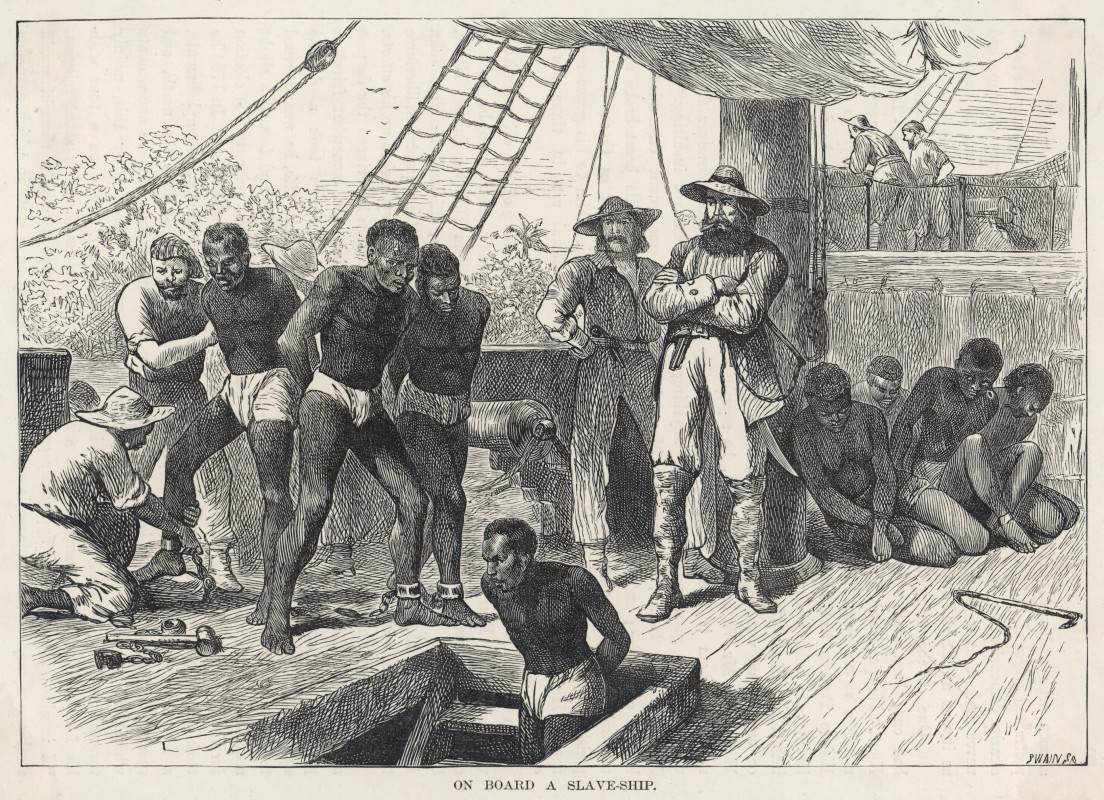 Around 1640, slavery was becoming the most common condition of blacks in America and fewer were accepted as indentured servants. This happened because the colonial ruling class felt that Africans had at least five advantages over white immigrant labor: they were strong, they were inexpensive, they had no government protection, there seemed to be an exhaustible supply of them, and their skin was black (they could not blend in with the white population). These so-called "advantages" influenced the decisions that based a large segment of the colonial economy in the Americas on importing African slaves. The plantation owners needed to maintain a workforce large enough to keep their plantations running smoothly. England was requesting more and more raw materials from her colonies and African slaves were becoming the labor of choice. Eventually the demand for labor in the southern colonies required direct importation of slaves and the "breaking in" process was eliminated.
Around 1640, slavery was becoming the most common condition of blacks in America and fewer were accepted as indentured servants. This happened because the colonial ruling class felt that Africans had at least five advantages over white immigrant labor: they were strong, they were inexpensive, they had no government protection, there seemed to be an exhaustible supply of them, and their skin was black (they could not blend in with the white population). These so-called "advantages" influenced the decisions that based a large segment of the colonial economy in the Americas on importing African slaves. The plantation owners needed to maintain a workforce large enough to keep their plantations running smoothly. England was requesting more and more raw materials from her colonies and African slaves were becoming the labor of choice. Eventually the demand for labor in the southern colonies required direct importation of slaves and the "breaking in" process was eliminated.
The southern ruling class was also becoming increasingly "color conscious." Africans had black skin and black skin made one a slave—a beast of burden. How could the ruling class break the bonds between the white and black servant class? How could the nobles enslave one race—the blacks— forever?
First, an unbridgeable chasm had to be built between the white and black servant class. The rich aristocracy had to establish an ideology of racism that would justify the subordination of blacks and keep them in bondage. This task was accomplished by initiating a systematic campaign of laws against miscegenation that would eliminate whites and blacks from forming family bonds. The Church played the first principal role. The Church instigated the belief that Africans were heathens, that they did not believe in God, thus making servitude of the black-skinned ones acceptable while discouraging intermingling. Would one wish to lay down with a heathen and risk his immortal soul?
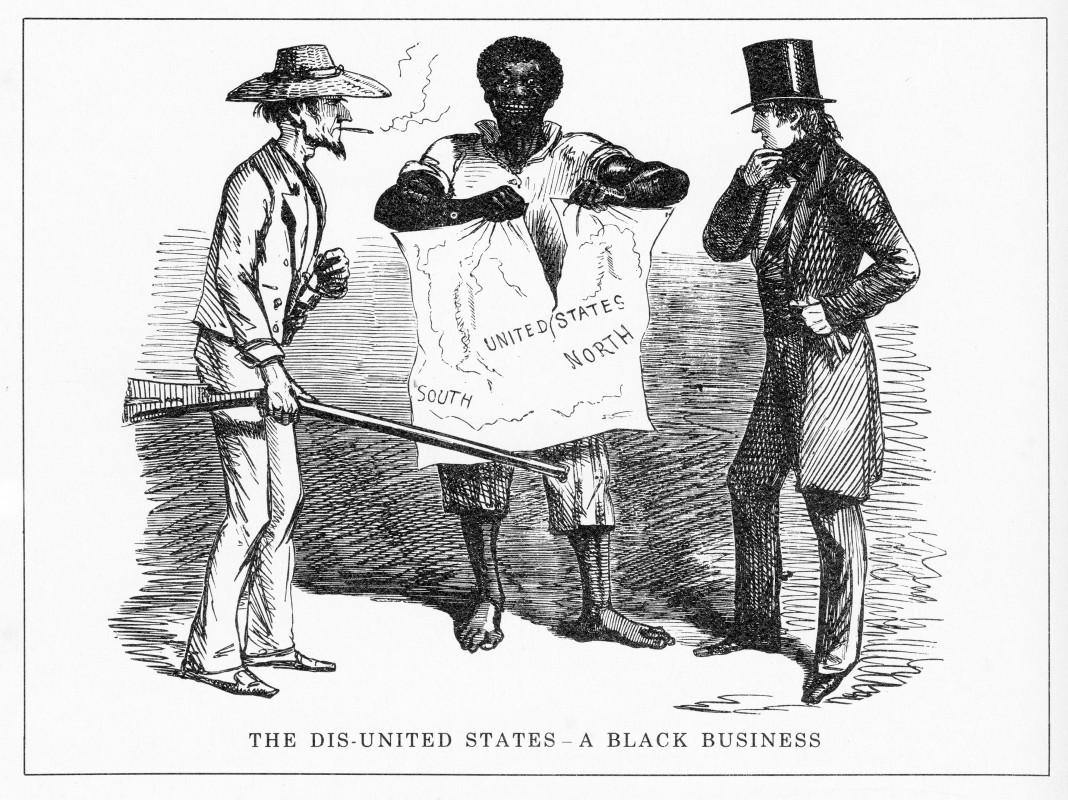 In 1650, the colonies of Virginia and Maryland passed laws concerning black and white indentured servants. White servants could buy their freedom, but black servants automatically became slaves. In 1661, Maryland became the first colony to pass laws prohibiting marriage between black men and white women. The law stated that, "divers freeborn English women, forgetful of their free condition, and to the disgrace of our nation, do intermarry with Negro slaves." Similar legislation was passed in the colonies of Virginia in 1691; Massachusetts, in 1705; North Carolina, in 1715; South Carolina, 1717; Delaware, in 1721; and Pennsylvania, in 1725. The Virginia Colony was the birthplace of George Washington and West Ford and the 1691 Virginia law stayed in effect until the Supreme Court repealed it in 1967—317 years later.
In 1650, the colonies of Virginia and Maryland passed laws concerning black and white indentured servants. White servants could buy their freedom, but black servants automatically became slaves. In 1661, Maryland became the first colony to pass laws prohibiting marriage between black men and white women. The law stated that, "divers freeborn English women, forgetful of their free condition, and to the disgrace of our nation, do intermarry with Negro slaves." Similar legislation was passed in the colonies of Virginia in 1691; Massachusetts, in 1705; North Carolina, in 1715; South Carolina, 1717; Delaware, in 1721; and Pennsylvania, in 1725. The Virginia Colony was the birthplace of George Washington and West Ford and the 1691 Virginia law stayed in effect until the Supreme Court repealed it in 1967—317 years later.
The second unbridgeable chasm resulted in restrictive measures to keep the blacks marked as a race apart. This was based on the theory that to permit them to mingle freely would endanger the chances of keeping them enslaved. The policy of segregation was carried forward in great detail: no blacks were to be buried in the churchyard, but a black burial ground was set aside on unconsecrated ground. Slaves above the number of four were forbidden to meet together. Many of the slaves rebelled because of these restrictive measures and ran away and found asylum with the Indian tribes. To halt this defection, the colonists prohibited slaves from riding horses, carrying weapons, and traveling beyond the plantation's boundaries.
But interracial unions thrived despite efforts to keep the races apart. The laws instead merely forced their fraternization "underground," resulting in a culture of silence surrounding the origins of the growing "colored" population.
There were some religious groups in the colonies who opposed slavery. Members of the Society of Friends, a religious sect called Quakers, were the first to speak out formally about the institution of slavery. In 1688, four Pennsylvania Quakers declared their opposition to slavery at a monthly meeting. They asked their fellow members to "consider this thing, if it is good or bad." If slavery was considered good, they asked "what can we say is . . . evil?"
Among colonial Pennsylvanians, the evangelical Protestant sect known as Mennonites denounced the inhumanity of keeping blacks in bondage. In Massachusetts the Puritans, descendants of the English church reformers, added a notable antislavery word in Samuel Sewall's 1700 tract, “The Selling of Joseph." Sewall argued that Africans were God's children descended from Adam and, as do all men, had "equal Right unto liberty." Samuel Sewell further charged that any man who held another in bondage had "forfeited a great part of his own claim to Humanity."
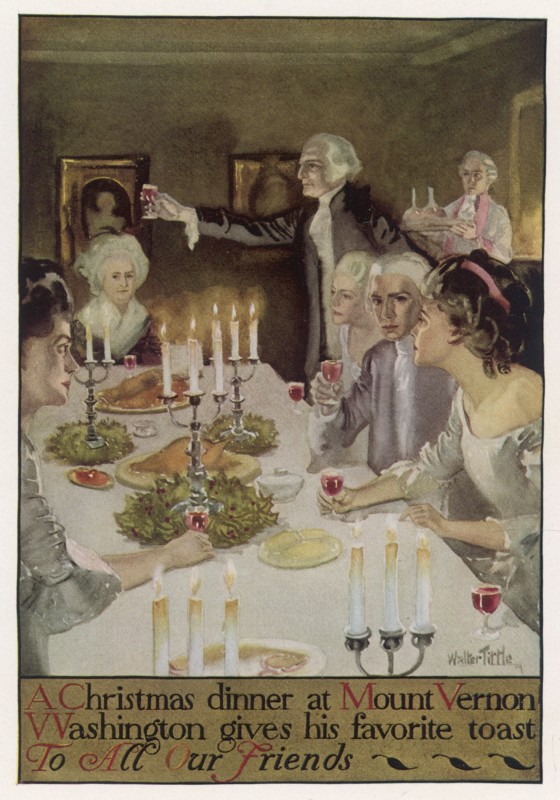 What was George Washington's belief about the institution of slavery? The world into which George Washington was born in 1732 and in which he grew up in Colonial Virginia, was a comfortable well-ordered one. Washington's ancestors had been practicing slavery in Virginia for almost a century and throughout his young manhood he accepted the institution without question. He was aware that the American economic system was based on human slavery organized around the distribution of melanin in the human skin. Yet, when George Washington was a young boy he played with slave children—Joe, Jenny, Jeremy, Steven, Betty, Phillis and Hannah - until he became a teenager. Jenny was the mother of Venus, who had a liaison with George Washington at the age of sixteen, and their child was West Ford.
What was George Washington's belief about the institution of slavery? The world into which George Washington was born in 1732 and in which he grew up in Colonial Virginia, was a comfortable well-ordered one. Washington's ancestors had been practicing slavery in Virginia for almost a century and throughout his young manhood he accepted the institution without question. He was aware that the American economic system was based on human slavery organized around the distribution of melanin in the human skin. Yet, when George Washington was a young boy he played with slave children—Joe, Jenny, Jeremy, Steven, Betty, Phillis and Hannah - until he became a teenager. Jenny was the mother of Venus, who had a liaison with George Washington at the age of sixteen, and their child was West Ford.
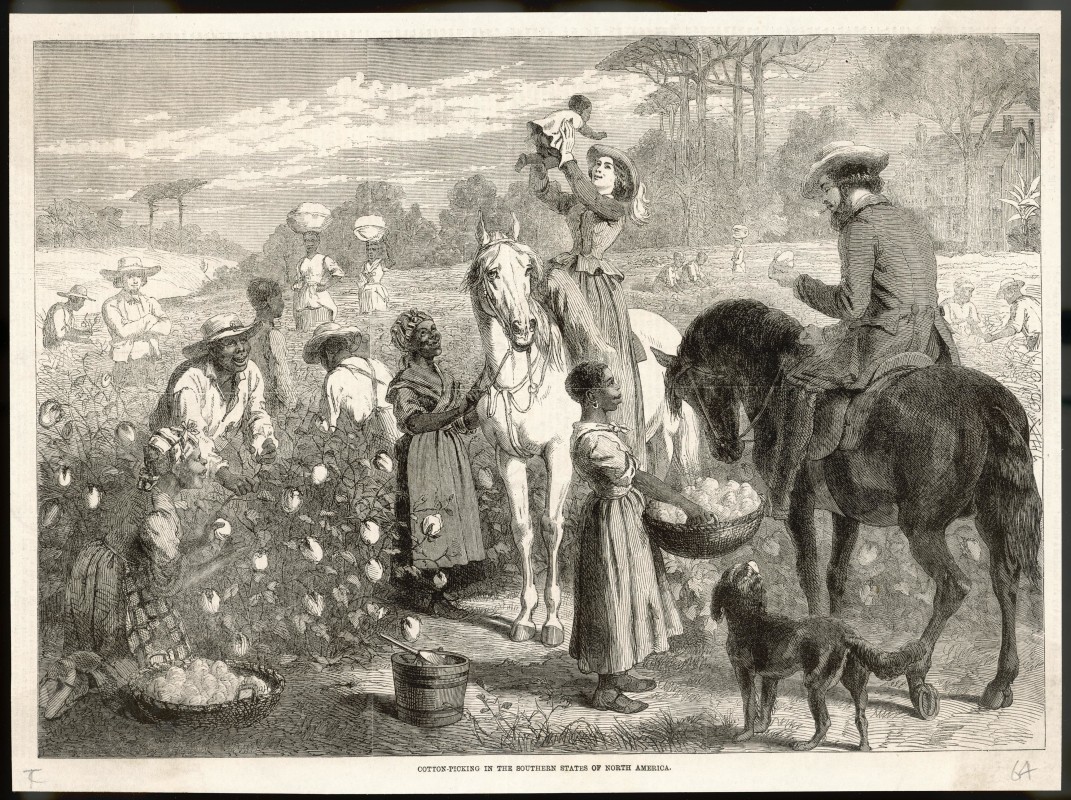 One can only speculate how being raised by a mammy and playing with slave children may have affected George Washington's feelings on the issue of slavery. Young planter Washington had almost no experience of any way of life not grounded on slavery. As a land owner, Washington bought and kept slaves on his plantation. For example, the Washington of this age had no sympathy for one of his slaves, named Tom, whom he labeled as a "both rogue and a runaway." Washington sent Tom to the Indies to be sold. He wrote the captain of the vessel that he should keep Tom "handcuffd till you get to sea." He is exceeding healthy and strong, and good at the hoe,...which gives me reason to hope he may, with your good management, sell well, if kept clean and trimmed up a little when offered for sale." George Washington wanted to purchase a hogshead of molasses and one of rum, two small pots of sweetmeats, etc., for Tom's sale. Twenty-five years after this incident, Washington sold a slave named Waggoner Jack for "one pipe and one quarter cask of wine" as punishment for misbehavior, placing little value on the Black life he bartered away.
One can only speculate how being raised by a mammy and playing with slave children may have affected George Washington's feelings on the issue of slavery. Young planter Washington had almost no experience of any way of life not grounded on slavery. As a land owner, Washington bought and kept slaves on his plantation. For example, the Washington of this age had no sympathy for one of his slaves, named Tom, whom he labeled as a "both rogue and a runaway." Washington sent Tom to the Indies to be sold. He wrote the captain of the vessel that he should keep Tom "handcuffd till you get to sea." He is exceeding healthy and strong, and good at the hoe,...which gives me reason to hope he may, with your good management, sell well, if kept clean and trimmed up a little when offered for sale." George Washington wanted to purchase a hogshead of molasses and one of rum, two small pots of sweetmeats, etc., for Tom's sale. Twenty-five years after this incident, Washington sold a slave named Waggoner Jack for "one pipe and one quarter cask of wine" as punishment for misbehavior, placing little value on the Black life he bartered away.
George Washington imported slaves from the West Indies, but not from Africa. In 1772, Washington ordered "musty" flour from wheat raised on his estates sold in Jamaica and the proceeds laid out in slaves, provided the "choice ones" could be had for 40 pounds sterling or less. He ordered:
"Let there be two-thirds of them males, the other third females. The former not exceeding (at any rate) 20 years of age, the latter l6. All of them to be straight-limbed and in every respect strong and likely, with good teeth and good countenances, to be sufficiently provided with clothes."
It appears that Washington in his early life easily accepted the enslavement of black human beings as part of the normal order of things. He did not question the fundamentals of the institution. He had not yet questioned his own moral character. However, George Washington's perspective on slavery changed in his later life.
During his final retirement Washington wanted to rent all of his Mount Vernon plantation to farmers, a plantation which he had for so long passionately amassed. The retired President in a letter to his secretary, Tobias Lear, stated succinctly why he was willing to dismember the Mount Vernon Plantation:
... "To liberate a certain species of property which I possess very repugnantly to my own feelings, but which imperious necessity compels, and until I can substitute some other expedient by which expenses not in my power to avoid (however well disposed I may be to do it) can be defrayed."
Why did George Washington experience this change of philosophy on the issue of slavery? Perhaps as the result of a deeper change of heart? Could it have been because his own son—the lad called West— was a slave?
"Slavery and Miscegenation" ©2000 was excerpted from an untitled manuscript by Linda Allen B. Hollis
- Login to post comments
